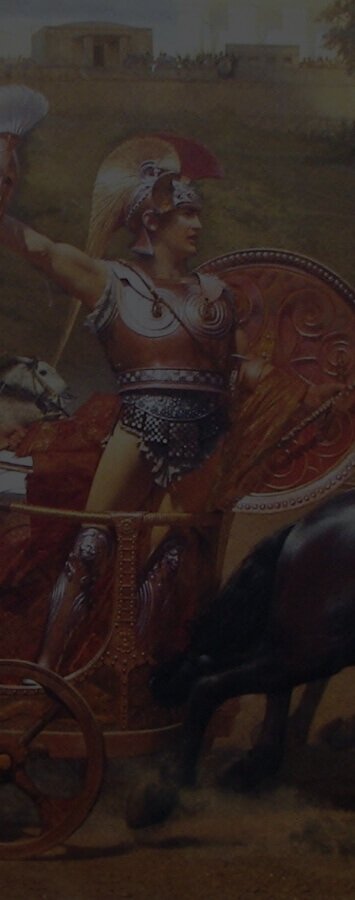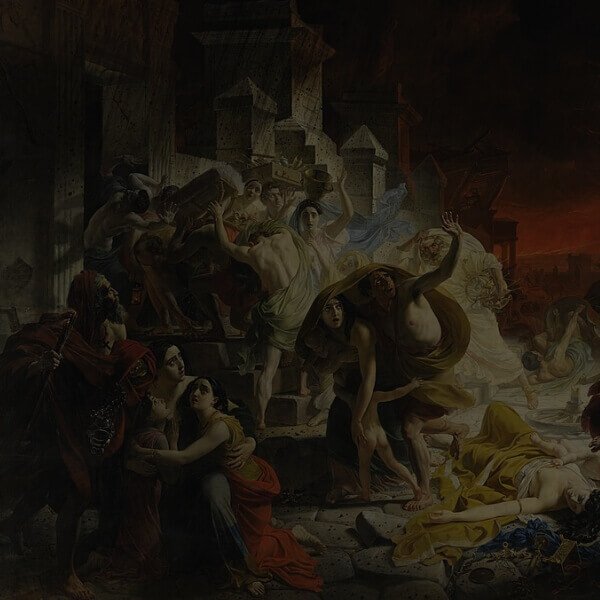We are a team of creatives who believe that visual information should be the core of any anatomy content made for artists.

With our books, content, and tools, we strive to make anatomy learning intuitive, widely accessible, and applicable to the everyday work of artists.
The books
Since 2013 we have published three books in the Anatomy for Sculptors book series - Understanding the Human Figure, Anatomy of Facial Expression, and Form of the Head and Neck. Now, we're working on our fourth – Arm and Hand in Motion.

Visual thinkers!
The books are bestsellers among traditional and digital 3D artists, 2D artists, and esthetic medical professionals. The success of the books is their heavy focus on accessible visual information instead of dense descriptions.
Even back in the 2000s, we brought together visual artists from many disciplines. Collectively we exchanged tips and tricks about the best ways to depict the human form, and we based these on academic knowledge of human anatomy.
the brand
Our grassroots community

It started specifically with the needs of sculptors in mind. Today we shape the knowledge in an empowering way for all kinds of visual artists and thinkers.
We create content for artists - that is the real focus of our team of 3D and 2D artists who work alongside medical and anatomy experts.
Anatomy Next, Inc.
Anatomy For Sculptors is the artistic branch of Anatomy Next Inc., an ed-tech startup that uses clear and reliable 3D anatomy models to create empowering education tools for artists and medical students.
Uldis Zarins teaches anatomy in the Art Academy of Latvia and is an award-winning sculptor with more than 25 years of experience. In 2015 he started the Anatomy For Sculptors online community.
Being a dyslectic student in the 2000s, he developed a method for translating medical anatomy texts into visual information that he could use while sculpting.
With the encouragement of his friends, Uldis created a small Facebook group to share his sketches.
Even back in the 2000s, we brought together visual artists from many disciplines – traditional sculpture, CGI and 3D art, illustration, painting, and others. Collectively we exchanged tips and tricks about the best ways to depict the human form, and we based these on academic knowledge of human anatomy.
Our mission then was to make this information accessible and understandable for everyone, and it remains that way.